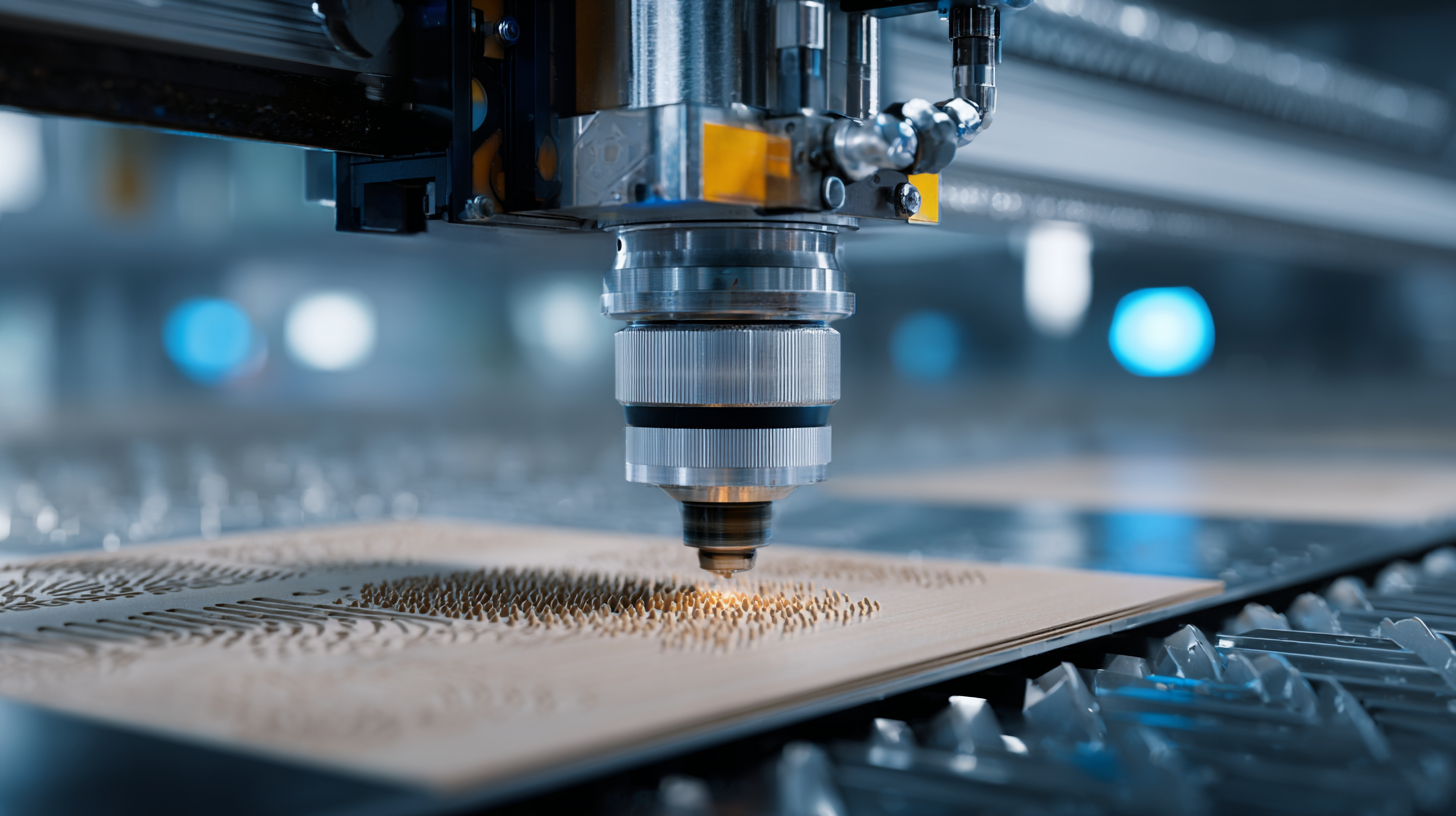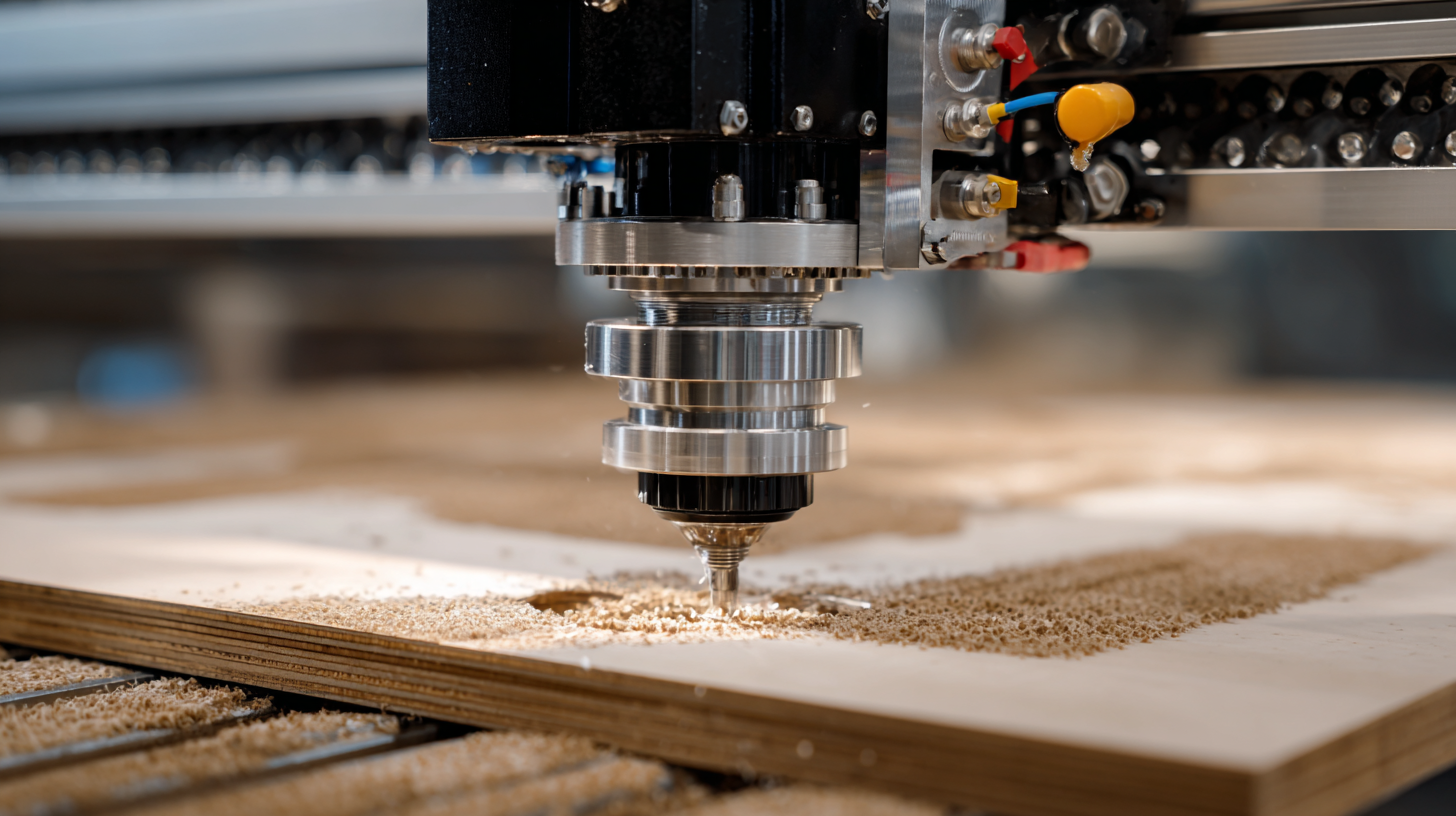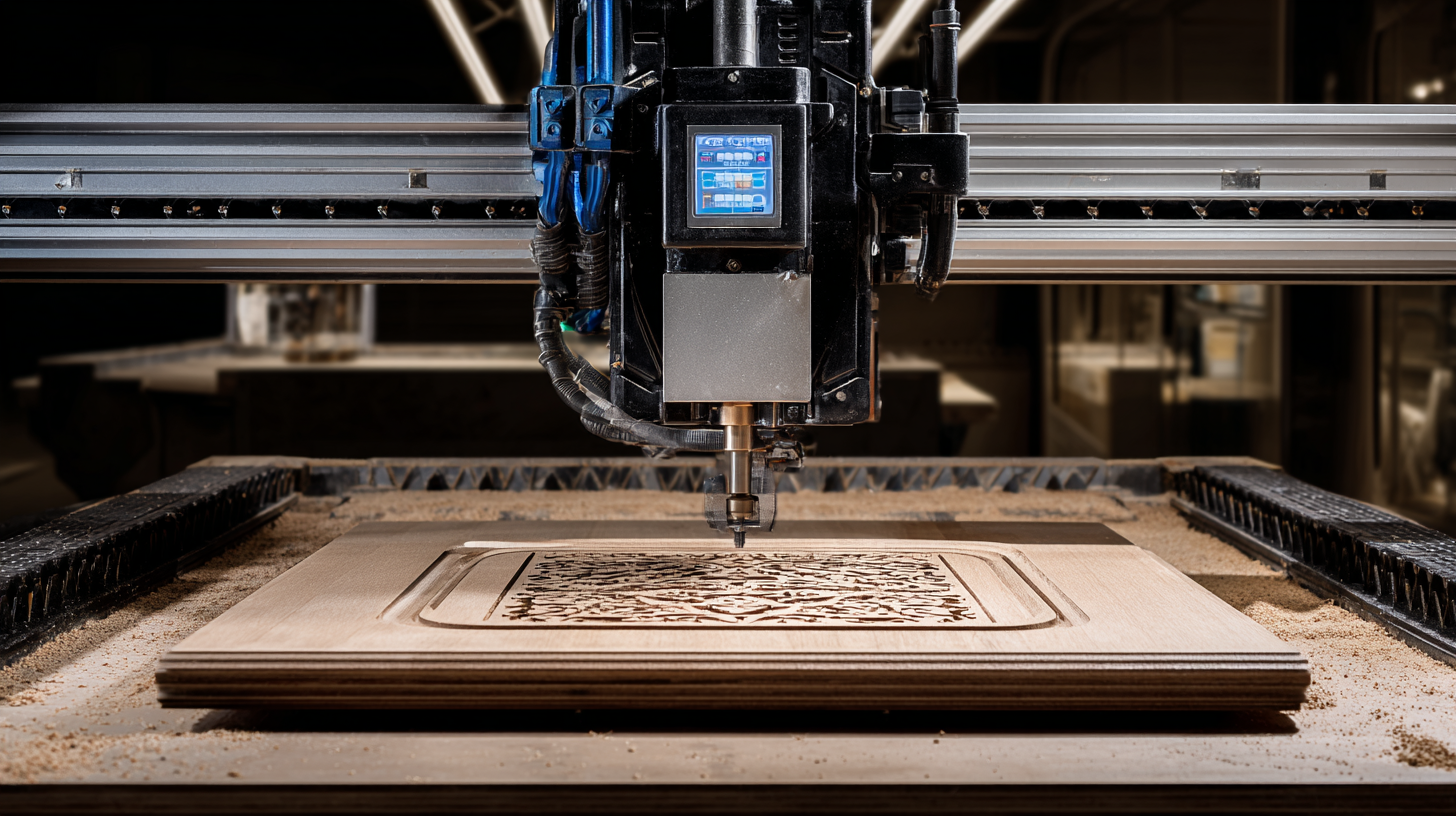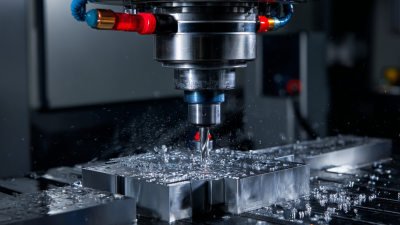Blog
How to Optimize Your CNC Router Machine for Maximum Efficiency
In the rapidly evolving landscape of manufacturing, optimizing operational efficiency is more crucial than ever, particularly for those utilizing a CNC router machine. According to a report by Grand View Research, the global CNC machine market is projected to reach $100.73 billion by 2025, driven by the increasing adoption of automation in various industries. Moreover, the efficiency of CNC routers can significantly impact production costs and turnaround times, with studies indicating that effective optimization can enhance productivity by up to 30%. This blog aims to provide practical strategies for maximizing the efficiency of your CNC router machine, ensuring that you stay competitive in an increasingly automated world. Whether you're a seasoned professional or just beginning your journey with CNC technology, optimizing your machine is key to achieving higher output and better quality in your operations.

Understanding CNC Router Dynamics for Enhanced Performance Metrics
Understanding CNC router dynamics is crucial for enhancing performance metrics and achieving maximum efficiency. The interplay of various factors such as spindle speed, feed rate, and cutting depth can significantly influence the machining outcome. According to a report by the Manufacturing Engineering Society, optimizing these parameters can lead to productivity increases of up to 30%. By fine-tuning these dynamics, operators can minimize tool wear and reduce cycle times, ultimately resulting in lower operational costs.
Evaluating the machine's kinematics is also essential for performance enhancement. Studies have shown that understanding the dynamics of motion—such as acceleration and deceleration rates—can contribute to a reduction in vibration, which can adversely affect precision. In fact, research from the International Journal of Advanced Manufacturing Technology indicates that a well-calibrated CNC router can achieve a positional accuracy increase of 15%, translating into improved part quality and reduced scrap rates. Prioritizing these optimization strategies not only enhances operational performance but also prepares businesses for greater competitive advantages in the manufacturing landscape.
Evaluating Material Types: Optimizing Bit Selection for Efficiency
To optimize your CNC router machine effectively, it's essential to evaluate the material types and select the appropriate bits for efficiency. The right bit selection directly impacts the quality of the finish and the speed of the process. For instance, studies indicate that using polycrystalline diamond compact bits can enhance the drilling efficiency in deviated wells, demonstrating how materials play a significant role in performance. According to industry reports, optimizing bit selection can lead to a performance improvement of up to 30%, significantly influencing production timelines.
**Tips:** When evaluating material types, consider the hardness and abrasiveness of the materials you're working with. Softer materials can benefit from high-speed steel bits, while harder materials like composites or metals may require carbide or polycrystalline diamond bits. Additionally, ensure that the bit geometry aligns with the specific application—compression bits work well for clean edges, while upcut spiral bits can effectively remove chips.
Another critical factor is the feed rate and spindle speed, which must be fine-tuned depending on the material characteristics. In the Majnoon Field study on drilling optimization, it was found that adjusting these parameters can enhance bit life and overall efficiency. Regularly assessing and adjusting your strategies based on the materials used can lead to substantial gains in productivity.

Calibrating Your CNC Router: Key Parameters for Precision Cutting
Calibrating your CNC router is essential for achieving precision cutting and maximizing efficiency. Key parameters such as stepper motor settings, tool calibration, and workpiece alignment play a crucial role in ensuring that your machine operates at its best. Understanding the intricacies of GRBL firmware can greatly enhance the performance of your CNC router, as it provides the necessary commands for precise control. Make sure to keep your firmware updated to benefit from the latest features and improvements for better compatibility with your hardware.
When calibrating, pay attention to the following tips: First, regularly check the stepper motor steps per mm to ensure accurate movement along the axes. A miscalibrated motor can result in errors that accumulate over time. Second, always verify that the tool height is set correctly before beginning a job. An improperly set tool height can lead to significant inaccuracies in cutting depth. Lastly, ensure your workpiece is securely clamped and properly aligned. Any movement during cutting can ruin your project and lower efficiency.
Incorporating the latest software updates can also help improve overall performance. For instance, exploring new software options designed for CNC routing may provide enhanced features that can aid in the calibration process. By implementing these strategies, you can significantly enhance the precision and efficiency of your CNC router, leading to better outcomes in your projects.

Implementing Advanced Software Solutions for Workflow Optimization
To achieve maximum efficiency with your CNC router machine, implementing advanced software solutions plays a crucial role. Modern software applications not only streamline the design process but also enhance machine operation, allowing for better workflow optimization. By utilizing CAD/CAM software, users can create precise designs that seamlessly transition to cutting instructions. This integration reduces the chances of errors and minimizes material waste, as the software allows for simulations and adjustments before the actual cutting begins.
Furthermore, incorporating project management tools can significantly enhance the overall productivity of CNC operations. These solutions enable teams to monitor progress, allocate resources effectively, and schedule jobs with precision. Real-time data analytics can also provide insights into machine performance, helping operators identify bottlenecks and optimize maintenance schedules. Ultimately, embracing advanced software solutions ensures that your CNC router machine operates at peak efficiency, allowing for increased output and reduced turnaround times.
Regular Maintenance Routines: Ensuring Longevity and Consistency in CNC Operations
Regular maintenance routines are essential for ensuring the longevity and consistency of CNC operations. Just like any precision machinery, CNC routers require diligent upkeep to maintain their performance over time. Establishing a schedule for cleaning, lubricating, and inspecting components can mitigate downtime and prevent major repairs. This preventive care not only enhances the machine's efficiency but also prolongs its life, saving costs in the long run.
In today’s rapidly evolving manufacturing landscape, the integration of AI technologies can further optimize maintenance processes. Predictive maintenance powered by AI can analyze usage patterns and forecast when a machine might need servicing, allowing operators to address issues before they escalate. By embracing these innovations alongside regular maintenance routines, manufacturers can achieve an impressive synergy of reliability and productivity, ensuring that their CNC machines operate at peak efficiency. Regular care, combined with advanced technologies, sets the stage for consistent output and operational excellence.
Related Posts
-

7 Incredible Advantages of Using CNC Router Machines for Your Business
-

Uncovering the Advantages of Utilizing CNC Machines in Modern Manufacturing
-

Understanding the Role of CNC Lathe Machines in Modern Manufacturing
-

Innovative Solutions for Your Small CNC Machine Needs
-

7 Powerful Reasons to Choose a Mini CNC Machine for Your Precision Projects
-

How to Optimize Your Production Line with Fast CNC Machining Solutions
